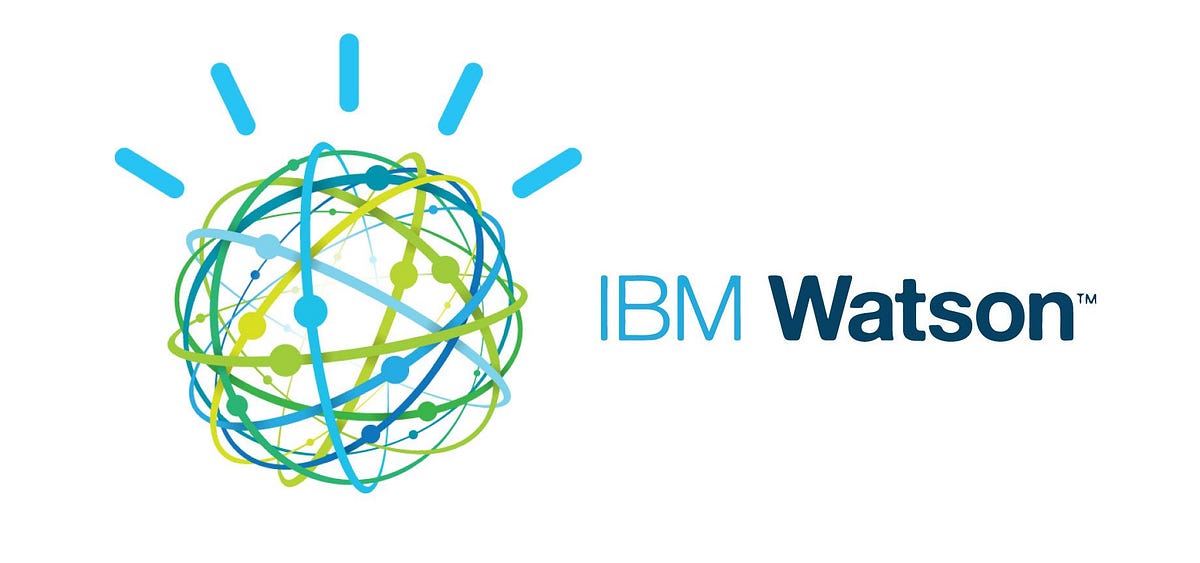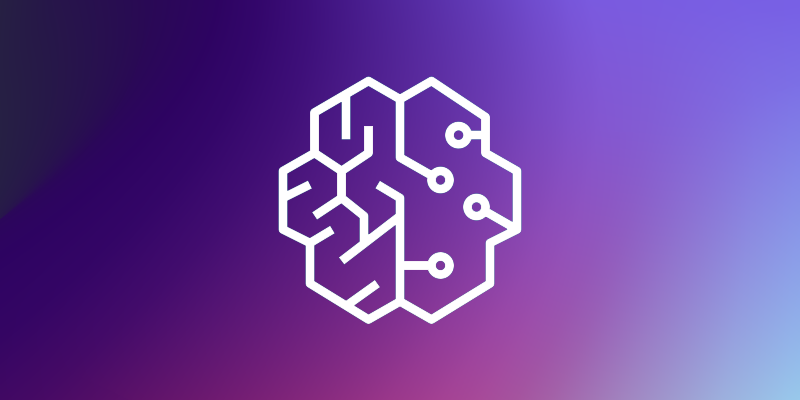The latest challenge for large enterprises is deploying AI-driven solutions efficiently and at scale. Decision-makers need platforms that deliver powerful AI capabilities and are also usable by their teams without lengthy development cycles.
We want to help connect businesses to the right tool for their needs. So below, we’ll summarize the 10 best tools and platforms for building and deploying AI agents in any enterprise.
These solutions span no code platforms that enable rapid deployment of AI agents and more traditional AI development tools—each with broad use cases across industries.

Build an AI agent step-by-step
Learn how1. Glide – The No Code AI Agent Platform for Rapid Deployment

Glide is a no code platform designed for quickly building and deploying AI-powered business apps and agents. Geared towards operations and business teams, Glide allows users to create AI agents that handle complex tasks with human-level performance, all without writing code or even crafting prompts.
It provides a central workspace where an organization can run multiple AI agents securely and integrate them with existing software systems. This means companies can connect Glide to their data sources (CRM, ERP, databases, etc.) and have AI agents working on top of their current workflows in no time.
No Code Simplicity: Glide eliminates the need for traditional programming or ML expertise. Users can deploy AI agents with no prompting or engineering required. This empowers non-technical staff to participate in AI projects and enables fast iteration.
Integration-Friendly: The platform offers out-of-the-box integrations with popular tools (like spreadsheets, databases, and SaaS applications). For example, one company built a custom CRM in Glide that unified data from NetSuite, Salesforce, and Zendesk, showing how easily Glide agents can plug into existing systems.
Scalability: Glide’s workspace lets you run multiple AI agents across your company and manage them in one place. You can start with one use case and quickly expand to others (e.g. invoice processing, customer support, inventory monitoring) without relying on separate tools for each.
Speed and Agility: Because it’s no code, building or updating an AI agent in Glide is extremely fast. Organizations can prototype ideas in hours and deploy them in days. This rapid turnaround means companies can continually refine processes and respond quickly to new needs.
Glide’s combination of ease of use and enterprise integration capabilities makes it a standout solution for large companies that want to implement AI solutions quickly.
While it may not offer the absolute, limitless customization of coding from scratch, it delivers more than enough power for most operational AI applications—and does so at a fraction of the time and cost.
2. IBM Watson – Conversational AI for the Enterprise

Image from: IBM Watson
IBM Watson is a pioneering AI platform, and Watson Assistant, in particular, is IBM’s solution for building AI agents like chatbots and virtual assistants. It’s an industry-leading conversational AI technology many enterprises trust for customer service, HR help desks, and other interactive agent use cases.
Watson Assistant provides an intuitive interface for creating dialogue flows, so even non-programmers can design chatbots that understand natural language and respond effectively.
Conversational Expertise: IBM Watson Assistant is known for its strong natural language processing (NLP) capabilities. It can interpret user questions and intents accurately, making it ideal for building agents that handle customer inquiries 24/7.
User-Friendly Bot Builder: The platform offers a graphical dialog editor and many pre-trained intents, which means you don’t need to write code to create a functional chatbot. Watson’s interface is intuitive, allowing subject matter experts to be involved in developing the AI agent.
Enterprise Integration: Watson easily connects with various channels and enterprise systems. You can deploy your Watson AI agent on your website, mobile app, WhatsApp, or other messaging platforms and integrate it with backend systems like databases or CRM software via APIs.
IBM’s Watson platform has been used across industries—from banking to healthcare—illustrating its broad applicability. For large companies that need a robust conversational AI with enterprise support and security, Watson is often a top choice.
It may require more configuration and expertise to benefit from advanced features (compared to some simpler no code bots). Still, it offers tremendous power and a track record of success in the enterprise AI space.
3. Google Vertex AI – Unified AI Platform with No Code Agent Builder

Image from: Google Vertex AI
Google Cloud’s Vertex AI is a comprehensive managed platform for developing and deploying machine learning models and AI agents. It brings together Google’s ML tools and APIs under one roof, making it easier to go from experimentation to production.
One notable component is the Vertex AI Agent Builder, which enables users to create generative AI agents through a convenient no code interface. This means you can build an AI-powered chatbot or process automation agent by simply using natural language prompts and configuring some settings—without having to write code—or you can switch to code-based workflows.
No Code & Pro-Code Flexibility: Vertex AI Agent Builder provides a no code console for creating AI agents using natural language descriptions and prompts. At the same time, it supports advanced workflows and custom code for developers who want more control.
Data Grounding for Accuracy: A key focus of Google’s platform is ensuring AI outputs are relevant and factually correct for your business. Vertex AI allows you to ground AI agents in enterprise data so the agent’s responses are based on real data and documents.
Enterprise-Grade AI on Google Cloud: With Vertex AI, you inherit all of Google Cloud’s strengths. The platform meets enterprise security standards and it’s built to integrate with the rest of Google’s ecosystem, which is helpful for large organizations already using GCP.
From building a custom service chatbot to developing a fraud detection model, Vertex AI covers the spectrum of AI agent needs. Enterprises that want a one-stop shop—including pre-trained models and the ability to train their own—will find Vertex AI extremely capable.
The newly added no code agent builder is a bonus for quickly standing up AI agents, putting Google’s cutting-edge AI in reach of non-coders.
4. Amazon SageMaker – Scalable Machine Learning Deployment on AWS

Image from: Amazon SageMaker
Amazon SageMaker is AWS’s flagship platform for machine learning, offering a suite of tools to build, train, and deploy ML models efficiently in the cloud. It’s a code-oriented platform geared towards data scientists and ML engineers, but AWS has also introduced no code features to broaden its usability.
SageMaker handles heavy lifting, such as provisioning servers for training, optimizing algorithms, and managing deployments, so enterprises can focus on ML tasks rather than infrastructure. Many companies choose SageMaker to develop AI agents that involve custom ML model.
End-to-End ML Workflow: SageMaker provides everything needed to go from raw data to a deployed model in production. It streamlines what can be a complex and time-consuming process. With SageMaker, businesses can simplify data processing, model training, and hosting.
Scalability & Power: Built on AWS, SageMaker lets you train models on massive datasets and then deploy them behind auto-scaling endpoints. This scalability is crucial for enterprises dealing with big data and needing reliable deployment of AI models globally.
No Code Options for Non-Experts: AWS introduced SageMaker Canvas, a visual interface that allows business analysts to build ML models without writing code. Even those with no ML experience can use Canvas to create highly accurate predictions via a drag-and-drop interface.
Amazon SageMaker is widely used across industries (financial services, healthcare, retail, etc.) for various AI agent needs. Enterprises already invested in AWS will find SageMaker integrates well with their data lakes, databases, and applications on AWS.
Just remember that fully exploiting SageMaker may require technical expertise—it’s extremely powerful, but with power comes complexity. For many organizations, though, the ability to train any model and deploy it reliably at scale is worth it.
5. Salesforce Einstein – AI Integrated into CRM with Low-Code Agent Builder

Image from: Salesforce Einstein
Salesforce Einstein is the AI layer built into Salesforce’s CRM and cloud ecosystem. It delivers a wide range of AI-powered features inside Salesforce products like predictive lead scoring, case classification, and personalized recommendations, without the user needing to build models from scratch.
For businesses heavily using Salesforce, Einstein can immediately add agentic AI benefits using the data already in the platform. More recently, Salesforce has introduced Agentforce, which allow users to create custom AI agents and assistants within the Salesforce environment using low-code and natural language.
Embedded AI for CRM: Salesforce Einstein is described as “the first comprehensive AI for CRM”. Out of the box, Einstein can analyze your CRM data and provide AI insights. For example, it can prioritize leads, forecast sales, or suggest which customer inquiries should be escalated.
Custom AI Agents with Low-Code: With the advent of what they now call Agentforce, Salesforce has made it possible to create your own AI chatbots/assistants that tie into your business processes without complex coding—it’s designed for admins or consultants to configure.
Domain-Specific and Data-Ready: One advantage of Einstein is that, since it lives in the CRM, it’s already data-ready with your business context. You don’t have to collect or prepare data – your customer interactions and records in Salesforce fuel the AI agents.
For enterprises that run on Salesforce, adopting Einstein can be one of the quickest ways to inject AI into their operations. You essentially flip a switch for built-in features or use clicks to set up custom agents. The trade-off is that Einstein is specific to the Salesforce platform.
However, Salesforce is expanding its AI ecosystem (including partnerships for generative AI and allowing integration with outside models). In any case, the value proposition is clear: if your company’s data and processes are in Salesforce, Einstein lets you put AI to use on your data with minimal effort.
Conclusion: Choosing the Right AI Platform
There are many platforms that can drastically shorten that timeline and make AI more accessible. When comparing these tools, the key is to match the platform to your organization’s needs and capabilities.
Traditional coding-based solutions offer ultimate flexibility and power, but they often require significant time and specialized talent. In contrast, no code or automated platforms offer speed, ease of use, and lower cost—a massive advantage for quickly turning ideas into results.
Studies have found that no code can cut development time by up to 10x and reduce development costs by as much as 90%, which is transformative for businesses looking at their ROI on AI projects.
Top choice: Glide’s Speed Shines for Building AI Agents
All the platforms in this top 5 list have their strengths, but Glide stands out as the best choice for enterprise decision-makers who prioritize rapid deployment and iteration. With Glide, teams can spin up fully-functional, integrated AI agents in days or weeks, not the months that a coded project might take.
Its ability to connect with existing software and data means you’re not starting from scratch; your AI agents can immediately access the systems and information you already have. Most importantly, Glide doesn’t demand a data science PhD or a team of engineers to get started—operations managers, product leaders, or any domain experts can use it to solve the problems they understand best. That leads to faster innovation cycles: you can try an idea, get results, refine it, and repeat, all in a short timeframe.
Meanwhile, your highly skilled developers are free to focus on the few projects that truly require custom coding rather than being bottlenecks for every AI request.
While traditional development will always be the correct answer for some use cases, Glide ensures that your enterprise can move with agility for the majority of its AI agent needs. For organizations aiming to become AI-driven as efficiently as possible, Glide truly delivers an outstanding value proposition, making it a strategic choice as the go-to platform for AI agents.





